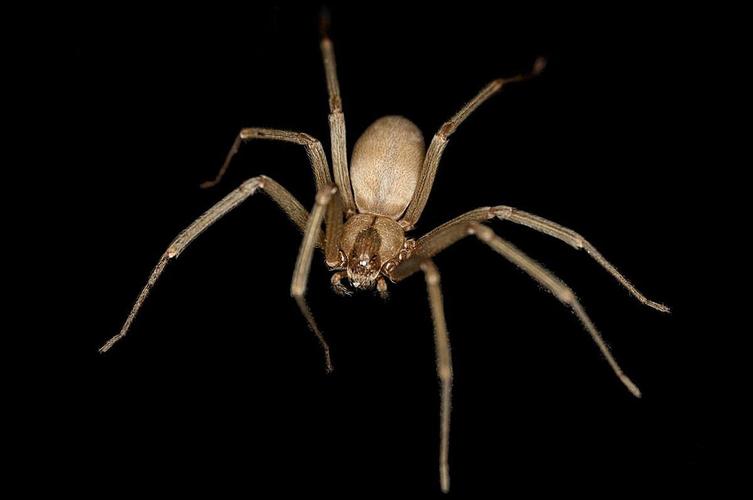
Brown Recluse Bite Picture: A Detailed Look
Have you ever come across a brown recluse spider bite picture? If so, you might be curious about the characteristics and implications of such a bite. In this article, we will delve into the details of a brown recluse bite, providing you with a comprehensive understanding of its appearance, symptoms, and treatment options.
What Does a Brown Recluse Bite Look Like?
The first thing you might notice about a brown recluse bite is its distinctive appearance. Unlike many other spider bites, a brown recluse bite often leaves a red, raised, and painful area on the skin. This area may be surrounded by a darker, purple or blue halo, which is a hallmark of this type of bite. The bite itself may not be immediately visible, as it can be quite small and may not cause immediate pain or swelling.

Here’s a typical brown recluse bite picture to give you a visual reference:
| Feature | Description |
|---|---|
| Size | Small, often less than 1/4 inch in diameter |
| Color | Red, raised, and painful area with a darker halo |
| Location | Anywhere on the body, but often on the hands, feet, or face |
Common Symptoms of a Brown Recluse Bite
While the initial bite may not be painful, the symptoms of a brown recluse bite can be quite severe. Here are some of the common symptoms you might experience:
-
Pain at the bite site, which may worsen over several hours
-
Swelling and redness around the bite area
-
Blister formation at the bite site
-
Darkening of the skin around the bite, which may lead to a necrotic sore
-
Systemic symptoms, such as fever, chills, and nausea, in severe cases
Diagnosing a Brown Recluse Bite
Diagnosing a brown recluse bite can be challenging, as the symptoms can be similar to those of other spider bites or skin infections. However, a healthcare professional can often make a diagnosis based on the appearance of the bite and the patient’s history. In some cases, a skin biopsy may be necessary to confirm the diagnosis.
Treatment Options for a Brown Recluse Bite
Most brown recluse bites can be treated at home with proper care. Here are some recommended steps:
-
Clean the bite area with soap and water
-
Apply a cool, wet compress to reduce swelling and pain
-
Take over-the-counter pain relievers, such as ibuprofen or acetaminophen
-
Keep the bite area elevated and avoid scratching
In severe cases, a healthcare professional may prescribe antibiotics or other medications to treat the infection. In some cases, surgery may be necessary to remove dead tissue or to treat a necrotic sore.
Preventing Brown Recluse Bites
Preventing brown recluse bites involves taking steps to reduce your exposure to these spiders. Here are some tips:
-
Keep your home clean and clutter-free, as brown recluse spiders prefer dark, undisturbed areas
-
Seal cracks and crevices in your home, as these spiders can enter through small openings
-
Inspect your clothing and bedding for spiders before use
-
When outdoors, wear protective clothing and be cautious when handling items that may have been in a dark, undisturbed area
Remember, while a brown recluse bite can be serious, most cases can be effectively treated with proper care. If you suspect you have been bitten by a brown recluse spider, it’s important to seek medical attention promptly.







